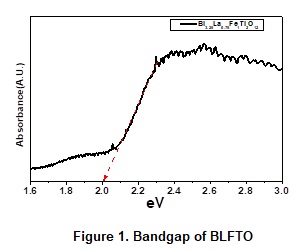
Tao-Tsung Shun
Feng Chia University, Taiwan
Title: MSE-12: Age heat treatments of the CoCrFeNiTi0.3 high-entropy alloy
Biography
Biography: Tao-Tsung Shun
Abstract
Unlike traditional alloys constituted by one or two principal elements, the high-entropy alloys are constructed by at least multi-principal elements, each with concentrations between 5 at.% and 35 at.%. These alloys exhibit good wear resistance, thermal stability, and high-temperature compressive strength, which render them promising for use as tools, molds, die, and furnace parts. Previously, we proposed that the CoCrFeNiTi0.3 high-entropy alloy was promising for the development of a ductile, high-strength alloy owing to its high compressive stress of 1529 MPa and good fracture strain of 0.60. To further understand microstructure evolution as well as the age-hardening phenomena of this alloy, the effects of age heat treatments for 24-144 h at 500-1000 ˚C on the hardness and microstructure of as-cast CoCrFeNiTi0.3 high-entropy alloy were reported in this paper. The results showed that the as-cast alloy displayed a dendritic structure which dendrite was a Ti-lean face-centered cubic solid solution phase (FCC1) and interdendrite consisted of three phases including a Ti-rich face-centered cubic solid solution phase (FCC2) and a mixture of (Ni,Ti)-rich h phase and (Cr,Fe)-rich s phase. After 144 h aging treatment, age-hardening was apparently observed at temperature of 600-800 ℃due to the transformation of FCC2 phase to h+s phases. The optimum hardness was obtained at an aging temperature of 700 ℃which made the hardness increase from HV366 to HV508. However, age-softening occurred at 900-1000 ℃ due to the dissolution of h+s phases. The s phase completely dissolved into FCC1 matrix at 1000 ℃ which brought the alloy hardness to the minimum HV223.

